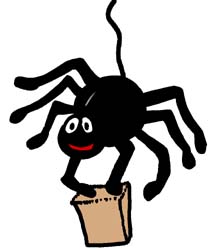
Notes from Janice’s Desk
Color is listed as a physical property of a material. This is because most people see colors the same way. . This is because most people Color is listed as a physical property of not a a property of the nervous system of the animal perceiving the light.
Revise the following
The sensation of colour stems from the differential stimulation of the different types of photoreceptors in the retina. Each cone type produces an output, and it is their differences in output at a particular point on the retina which underlies the sensation of colour. In humans there are only three types of cones, absorbing maximally in different regions of the spectrum. Due to the appearance (to humans) of monochromatic light at these wavelengths, these three cone types are called “red”, “green” and “blue” respectively. Consequently, for humans, all hues can be produced by mixing red, green and blue light. This is how a colour television set works; a mixture of three wavelengths produces several million apparent “colours”. This mechanism has a number of consequences. (1) Different wavelength spectra can produce the same hue; as long as the output from the three types of cone remains the same, the hue is the same. (2) The same wavelength spectra will produce different hues to animals that differ in the absorption spectra of their cone types. (3) Humans have trichromatic, or three-dimensional, colour vision because we have three interacting cone types. Animals with two interacting cone types, such as most mammals other than old-world primates, have two-dimensional colour vision (similar perhaps to the faulty colour TV set mentioned earlier). It is harder to imagine what colour vision with more dimensions than three might be like, but animals with 4 and 5-dimensional colour vision exist.
More Later,
Janice